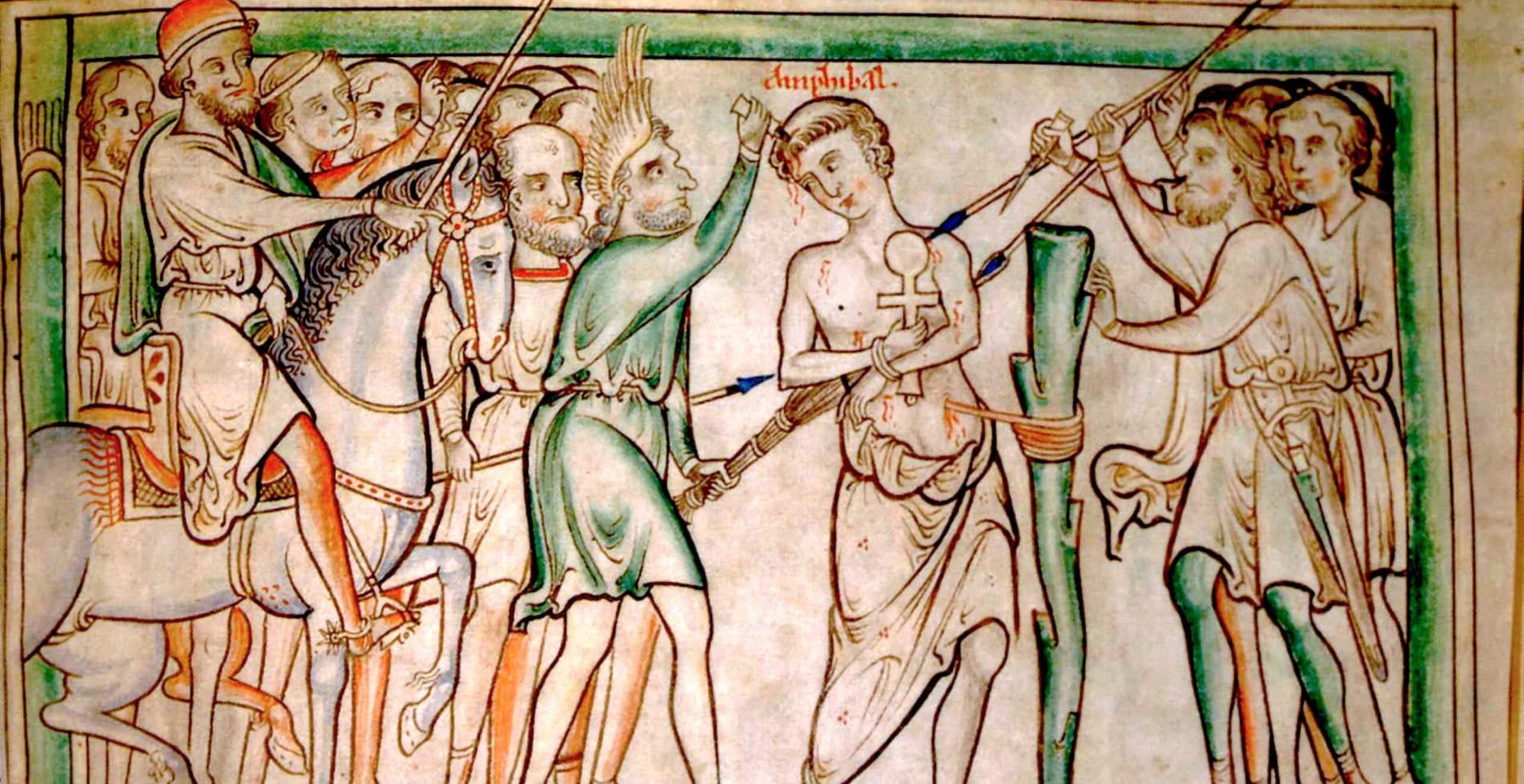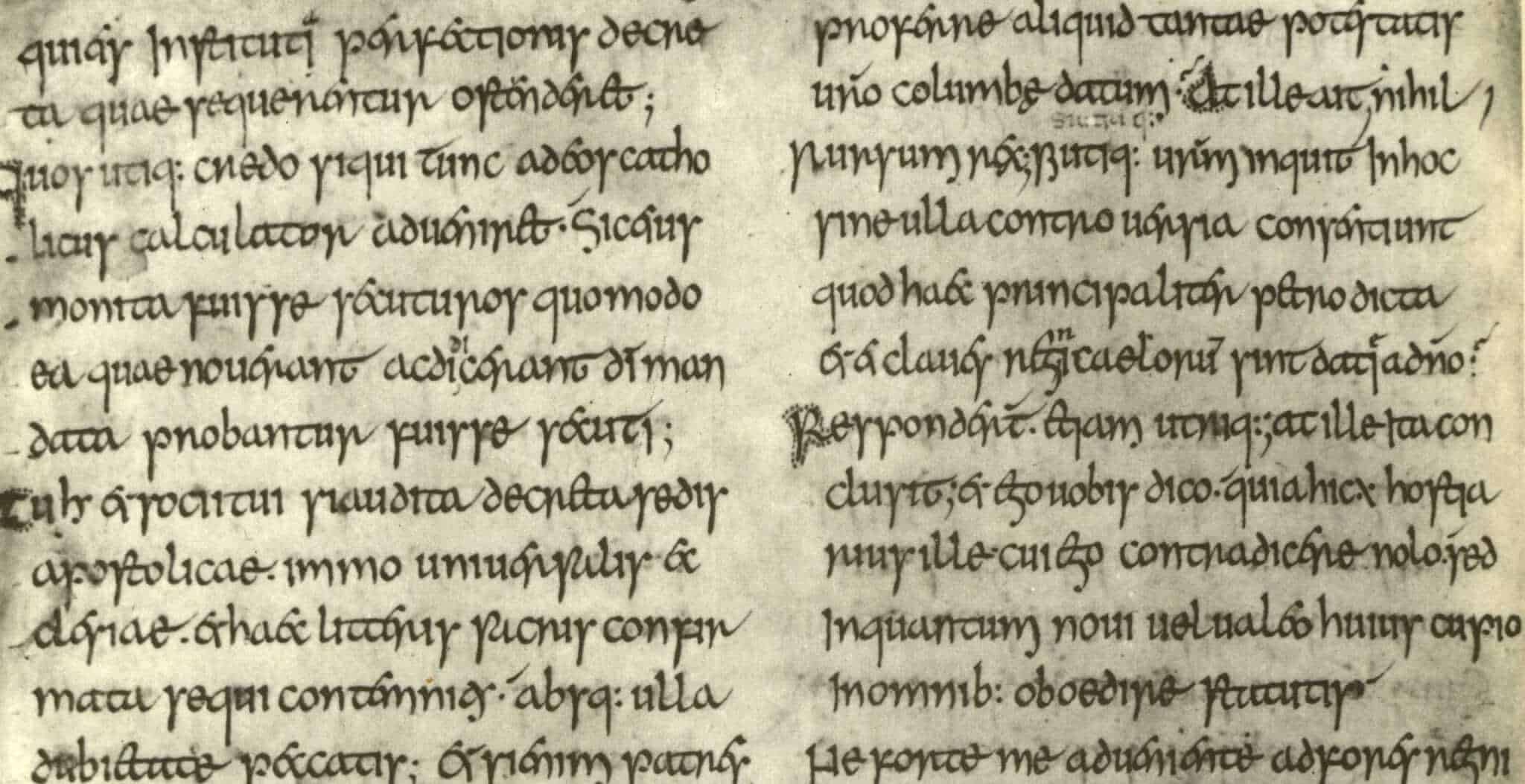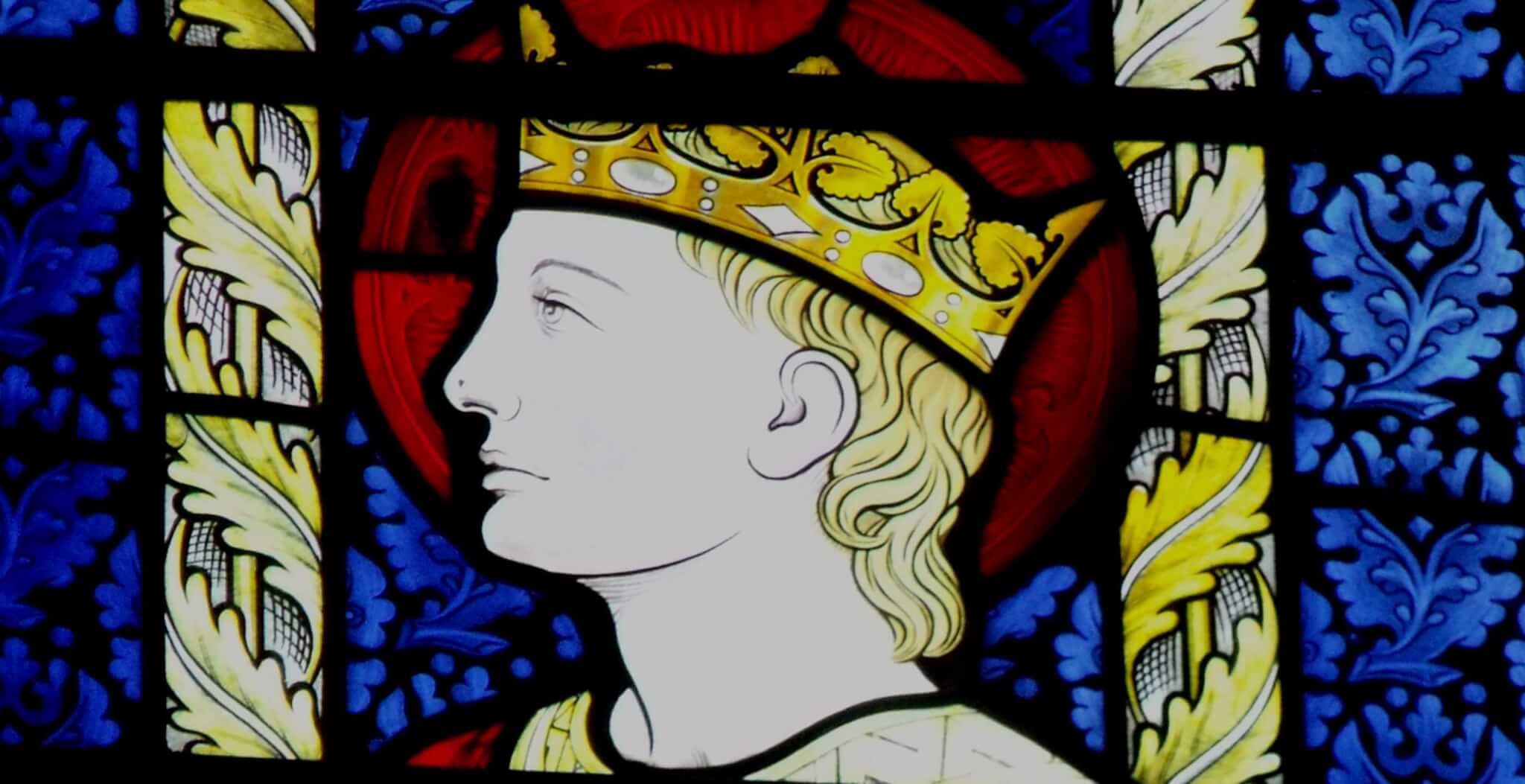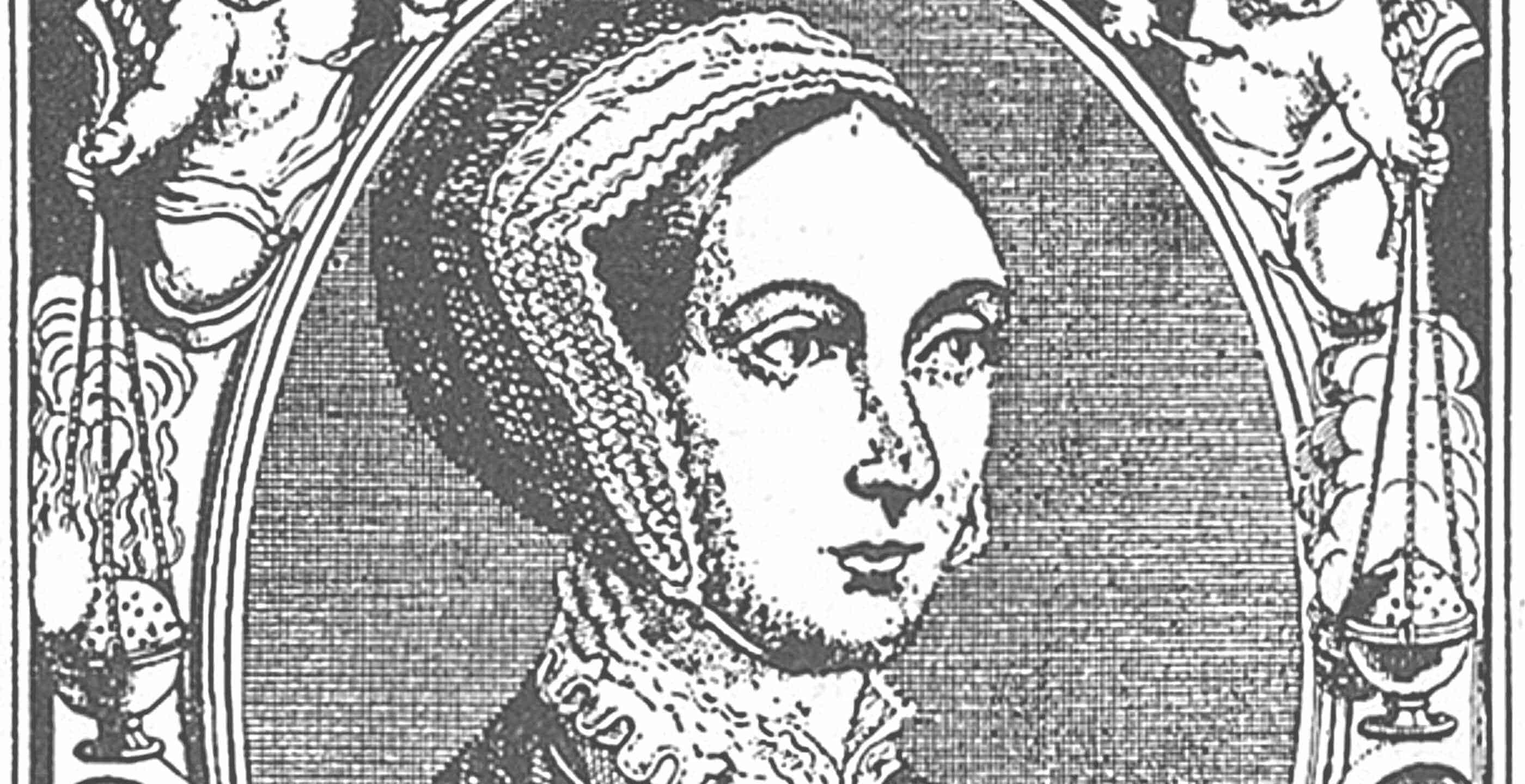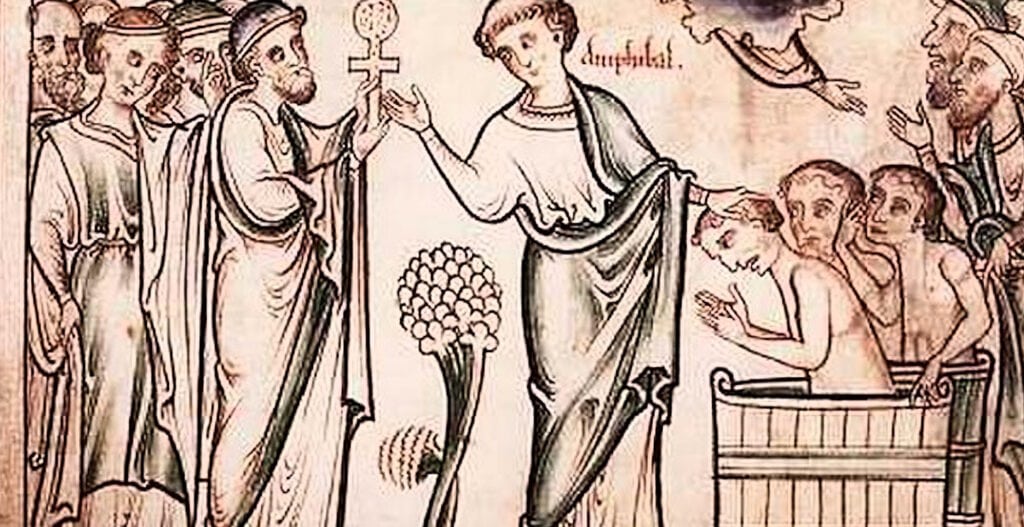Christianity found its way to the British Isles, via merchants, in the early second century AD, when the land was still under Roman occupation. Since its arrival, the religion has seen thousands of British believers persecuted, whether that be under the Roman empire or subsequent rulers (the 16th century reformation springs to mind). However, there was one man who began it all: St Alban, the first recorded Christian martyr in England.
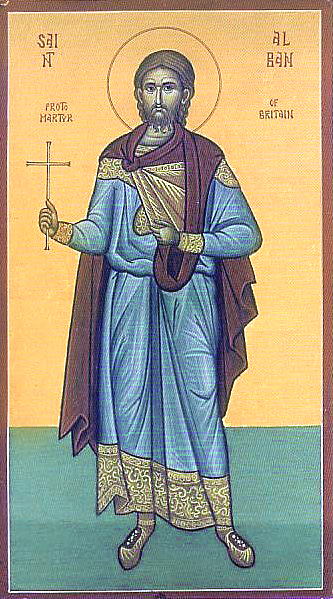
Roman Britain was brutal for early Christian believers, with many being executed and others scourged into submission. Bede’s “Ecclesiastical History of the English People” recorded how, in the third and fourth century AD, Christians faced severe persecution, with many going into hiding. One such priest was Amphibalus, who Alban offered to shelter from his tormentors. Alban at the time was still a pagan (some accounts suggest he could have even served in the Roman army) though it is recorded that while housing the priest, Alban himself was converted to Christianity. Therefore, when Roman soldiers came searching for Amphibalus, Alban came up with the ploy to swap cloaks in an attempt to confuse the Romans. This resulted in Alban’s capture and audience before a judge.
He was later ordered to suffer the punishment that would have befallen the priest, being scourged and tortured into renouncing his faith. Facing such trials, Alban supposedly declared, “I worship and adore the true and living God who created all things.” The judge, seeing he could not be bent into submission, ordered his beheading.
Despite Alban offering himself up instead of the priest, Amphibalus was unable to escape detection and is recorded to have been stoned to death only days later.
The earliest recording of the event is in 396 when Victricius mentioned in the “De Lauder Sanctorum” that Alban “in the hands of his executioners told the rivers to draw back” which allowed him to cross to his execution site in Verulamium. Such a miracle caused one of the Roman soldiers with him to convert and be killed alongside Alban, at the top of the hill.
It is traditionally accepted that the execution took place c. 304, as suggested by the historian Bede, although later scholars have argued over the exact date. Another theory held by many is that Alban was martyred under the reign of Emperor Septimius Severus, placing it around c. 209. Such an idea carries weight as it is heavily documented that the Emperor was in Britain c.209 AD to re-fortify Hadrian’s wall. Early church historians like Eusebius claim Septimius was a harsh persecutor of early Christians, both within Rome and the larger empire.
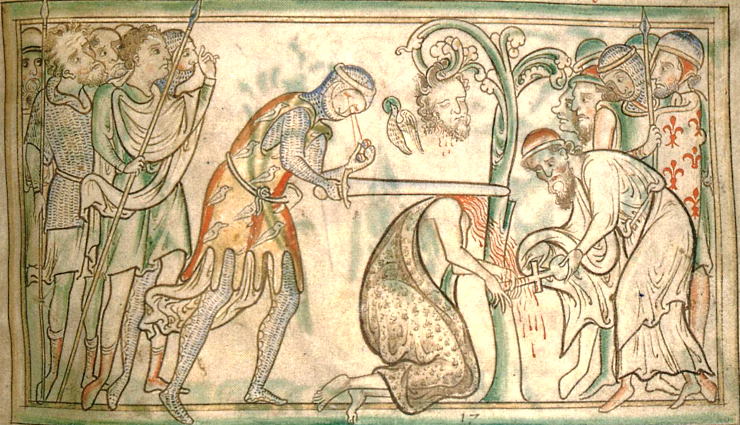
Controversy over dates stem from the lack of contemporary sources for the event with later accounts adding tales, such as the story of the Roman soldier who had his eyes fall out after beheading Alban, so as not to delight in the sight of the beheading. Documents recording the execution, such as the “Passio Albani” (Passion of Alban), or Gildas’ “De Excidio et Conquestu Britanniae” (On the Ruin and Conquest of Britain), did not turn up until centuries later. Both thought to have been written in the 6th century. Therefore, it is difficult to conclude what exactly happened the day St Alban was martyred and what embellishments were later included. As with all legends the truth is hard to discern.
There have been suggestions that the figure of Alban is in fact just a personification of all the British Christians that were facing persecution from Roman Britain for their beliefs. The name Alban being remarkably similar to the oldest recorded title for Britain: Albion.
Both Bede and Gildas refer to a shrine being built over the area of Alban’s execution, potentially built in the fourth century. However, chronicles written in the 13th century record that the Saxons destroyed the building in the 500s. Following that, a Norman abbey was erected over the site, built in the latter half of the 11th century under the appointed abbot, Paul of Caen. Once constructed the abbey was considered to be the largest in England. In fact, remnants still exist in the current cathedral, mainly seen in the arches under the central tower and nave. Much of the original structure was looted during the Dissolution of the Monasteries in 1539, which saw stonework and graves openly defaced.
The area of Verulamium later underwent a name change to St Albans, in remembrance, and a cathedral now stands on the supposed sight of the execution. Following the Church of England’s calendar, on 22nd June members of the cathedral will re-enact the events of Alban’s capture and beheading with puppets to commemorate the saint. Both the Catholic and Anglican church venerate and hold a feast for the martyr.
Whether the events of St Alban’s death are real or fable, it is clear that Britain’s first recorded Christian martyr set the precedent for fellow believers for the rest of the third and fourth century until the fall of Roman occupation in Britain. Today he is remembered as a saint by the church, and his final words, when being tortured, are still said in prayer to this day, “I worship and adore the true and living God who created all things.”
Tarah Hearne is a History Student.
Published: March 8th, 2021.
